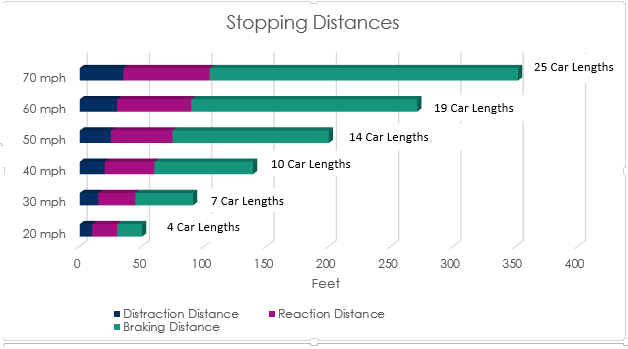Motorized scooters: mobility boon or safety hazard?

On March 15, 2021 the Puerto Rico Senate unanimously passed a resolution to order the Commission on Innovation, Telecommunications, Urbanism and Infrastructure to investigate the proliferation of motorized scooters in Puerto Rico. Currently, Act 22 of 2000 does not provide a definition on how to classify motorized scooters, as these are a recent transportation concept that has been popularized by young adults in major U.S. cities.
It is clear that the Traffic and Vehicle Act of 2000 must be amended to order and regulate the use of these mobility devices. A clear example could be drawn from the handling of ATVs several years ago. The regulation of motorized mobility units should be based on the intended purpose of the equipment. In the case of ATVs, these are off-road units so its used has been restricted to dirt roads and trails. In the case of motorized scooters, these can attain speeds in excess of 15 mph. Considering that sidewalks are used by pedestrians whose walking speed is in the order of 3 to 6 mph and are not intended for directional traffic, motorized scooters should therefore be kept out of the sidewalks.
Roadways with speed limits in excess of 35 mph could pose risks to users of motorized scooters, as vehicles passing around the scooters at these speeds may create wind drags that could cause the user to lose control of the scooter. Another safety angle to consider relates to safe stopping distance (SSD). At 35 mph roadways, vehicle users need no less than 80 feet of separation to prevent a potentially fatal collision with a scooter (see Figure below, courtesy of the City of Madison, WI). This equates to just 1.55 seconds of reaction time to full vehicle stop!

Considering these scenarios, the most appropriate course of action for the Legislature is to regulate the use of motorized scooters to roadways with speed limits of 25 mph or less. The 25 mph speed limit on urban roadways is also one safety strategy contained in Vision Zero plans around the country, and there is ample evidence how regulating speed limits on urban streets at 25 mph improves safety for all roadway users – not just scooters.
Any change in the current law should also require scooter rentals to provide maps of all roadways with speed limits of 25 mph to renters, many of whom may not be familiarized with the Puerto Rican road network.

